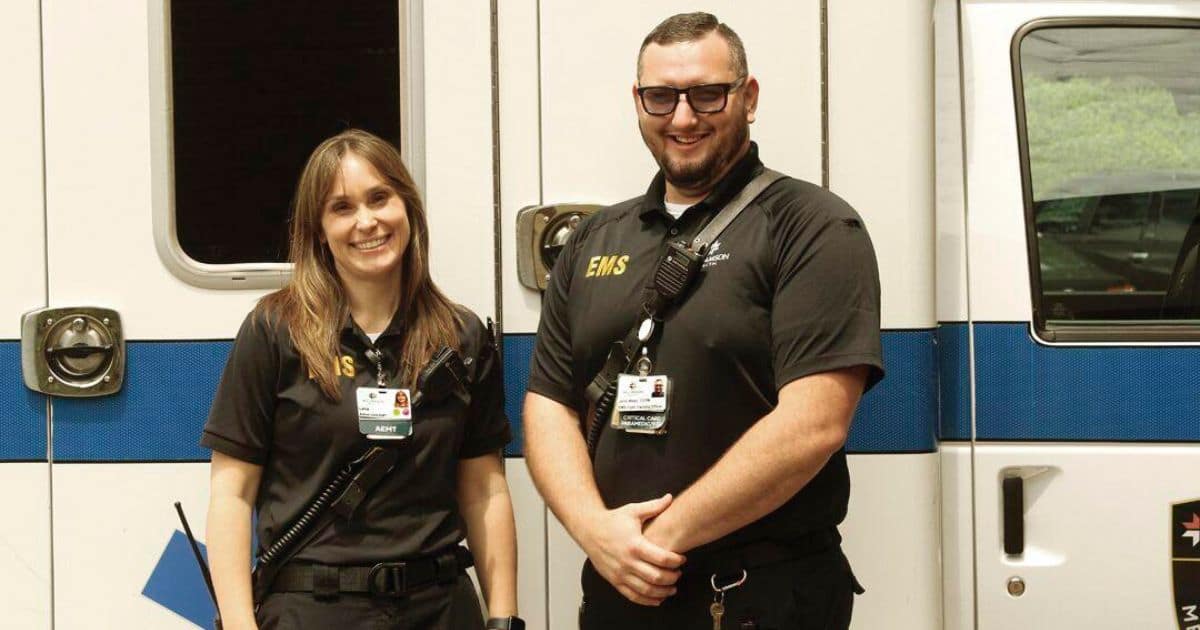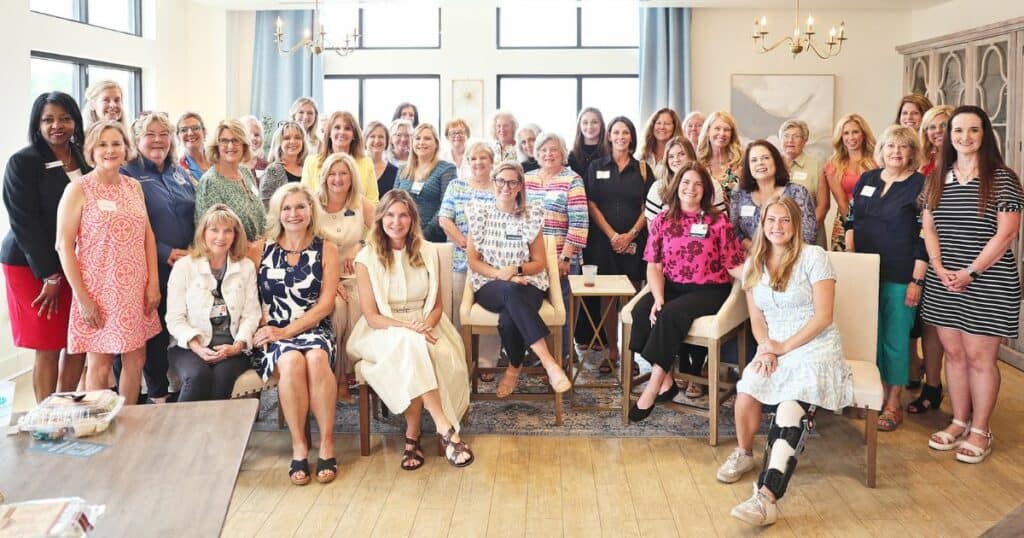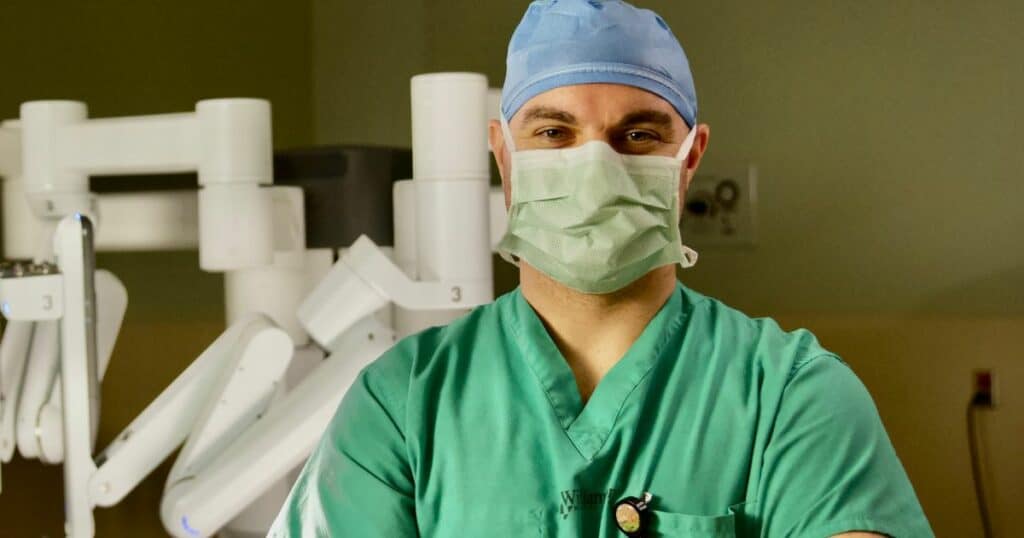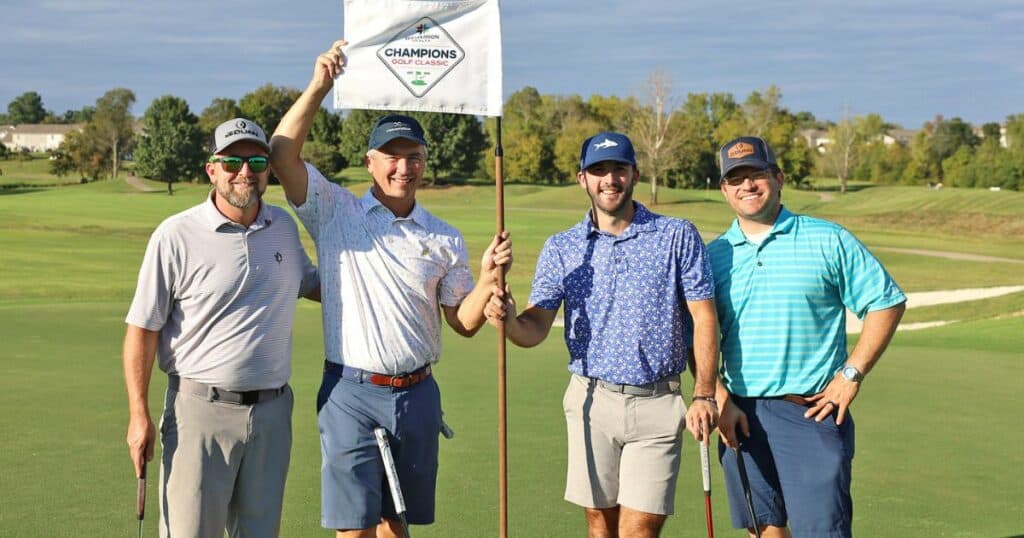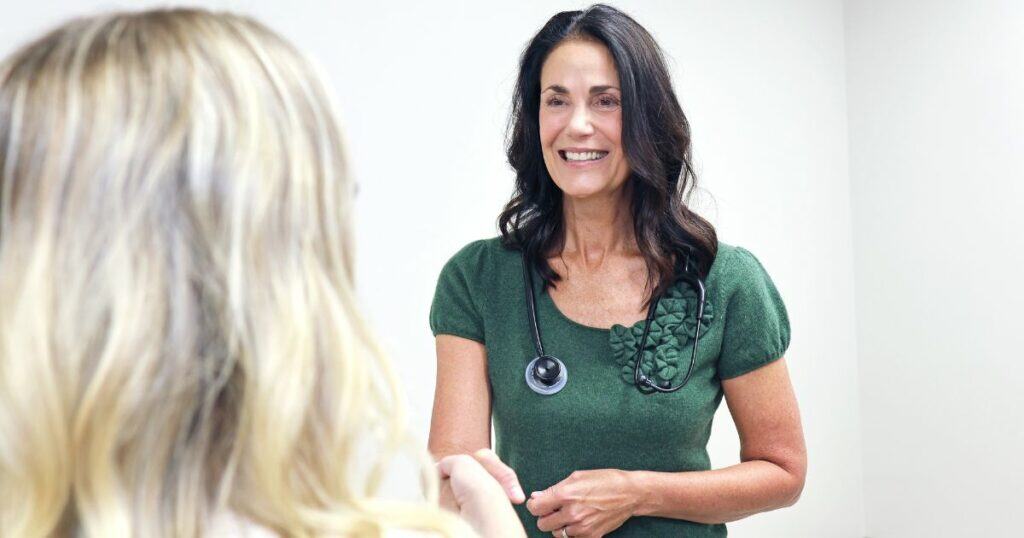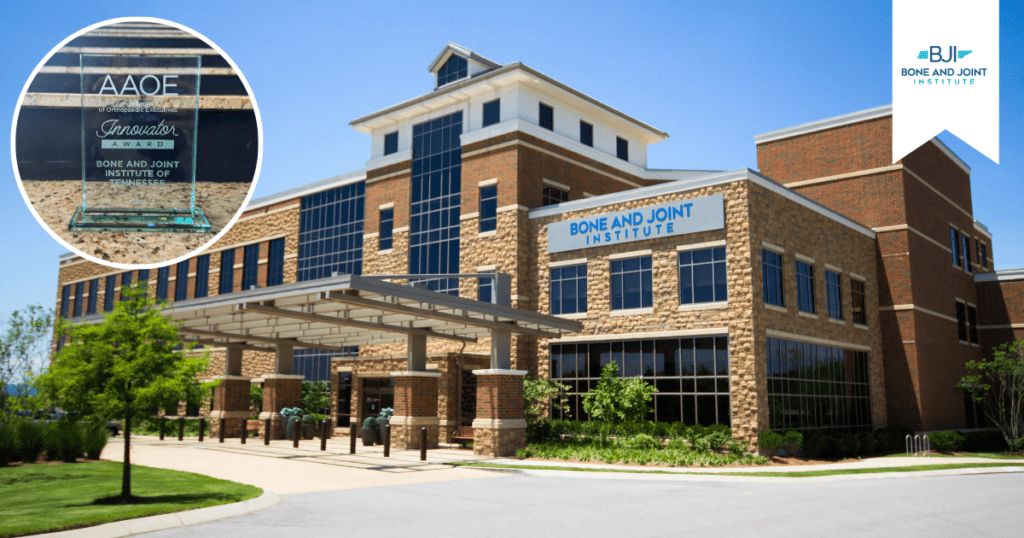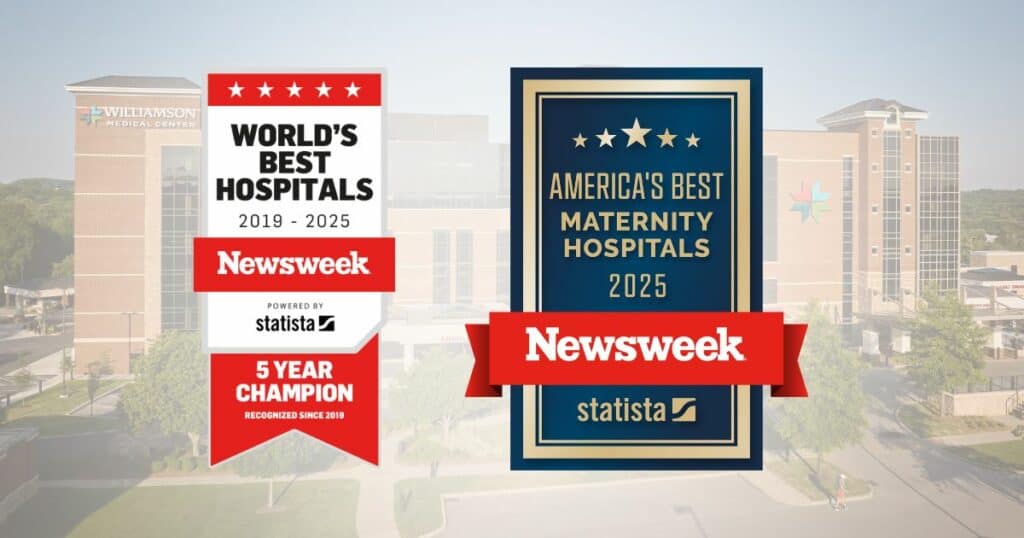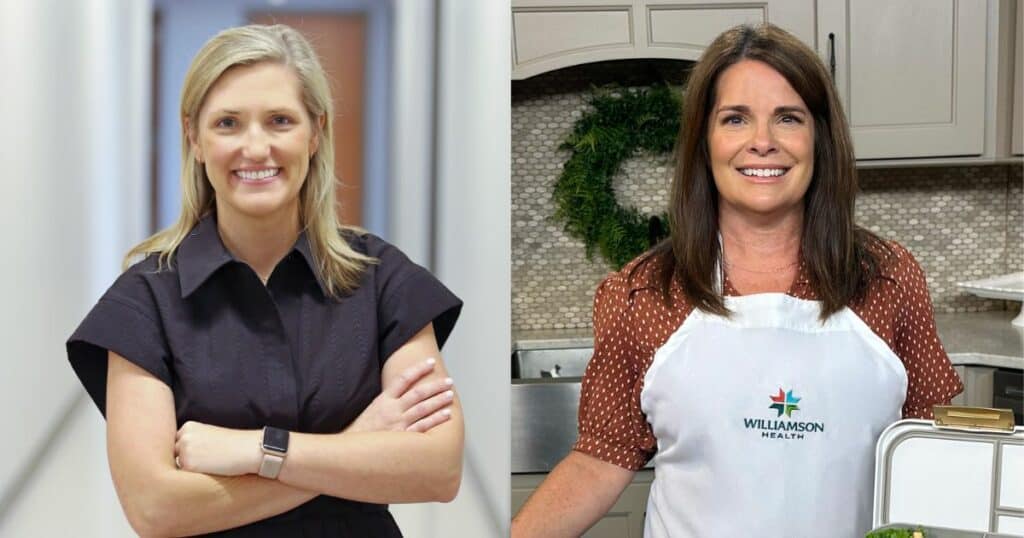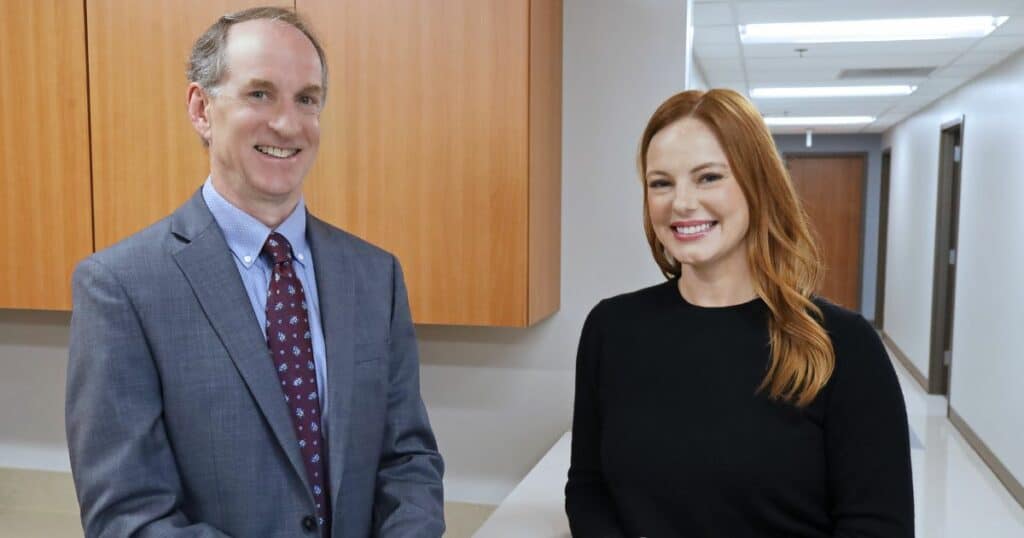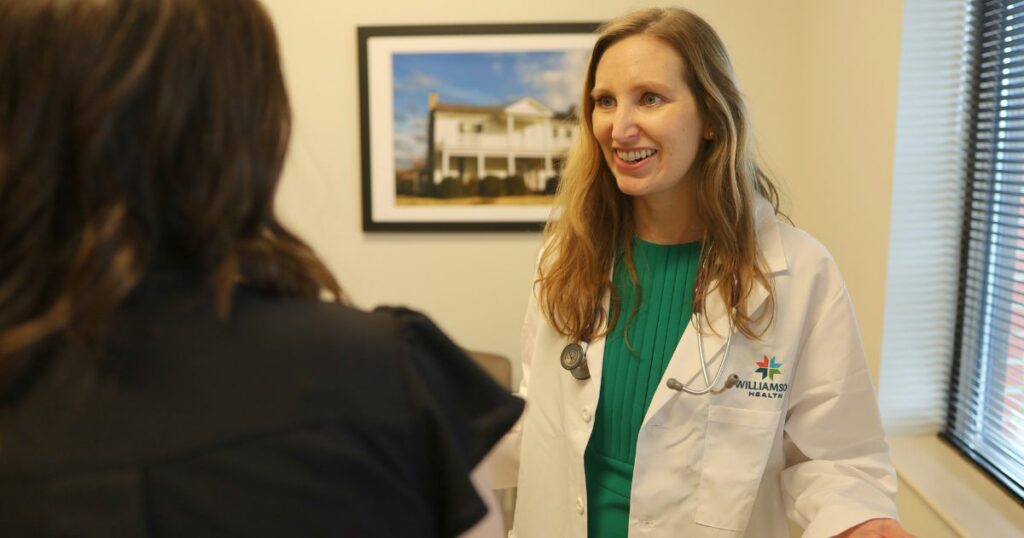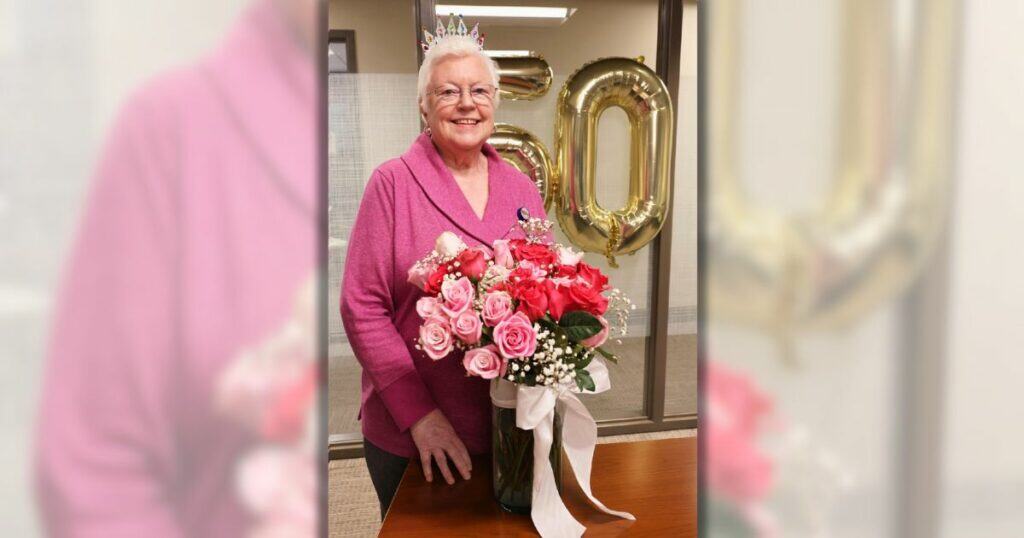Talking Williamson Health EMS with EMTs, Paramedics
Published: July 2, 2024
Originally published in the Williamson Herald’s Surrounded by Heroes 2024 —
John Webb, Williamson Health EMS Critical Care paramedic and Field Training officer, knew from an early age he would be a paramedic and worked hard to make the dream come true. After 20 years, he’s still living the dream.
“When I was 12 or 13 I had a friend who was a paramedic,” he said. “I used to hear his stories and visit him at work. I decided that’s what I wanted to do.”
He began working on his future career in high school taking EMT classes at Columbia State Community College. He followed up with Critical Care classes at St. Thomas. When he graduated from high school he was all ready to start his career, but no one wanted to put the life of another person in the hands of an 18-year-old.
Eventually the hospital in Winchester, Southern Tennessee Regional Health System, EMS hired him. When he was 21 he moved to Giles County EMS while he worked on his paramedic certification. Two years later Webb joined the EMS at Williamson Medical Center, now Williamson Health, well-known for the quality of care it provides.
“This is the only 911 department in the state that carries blood products in the field,” he said. “We run 18 ambulances every day.”
Continual training has led EMS to far surpass national records in several areas of positive patient outcome, including a return to spontaneous circulation or restoring a pulse, Webb said.
Celebrating nine years with EMS, Webb said he’s grown along with the department. The training, many tools and meds furnished by the administration result in EMS providing “the best possible care in the state,” he said. “If I gotta be in the back of an ambulance, it’ll be a Williamson ambulance,” Webb said.
The resources, support from the county and the hospital system, the supportive protocols, the work environment, the administrative staff and co-workers in the field are all the reason he drives from Fayetteville for work.
In early 2023 Webb was assigned a new student to train.
Lana Dobberfuhl is an Advanced EMT (AEMT). Her first encounter with EMS was on the receiving end many years earlier.
“The week before my first child was born we had a house fire,” she said. “EMS was on the scene — since I was very pregnant.”
A week later Dobberfuhl gave birth to her first daughter and was touched when the Fire Chaplain, paramedic and fire fighters from the volunteer fire department that responded visited her and the baby.
“They wished us well and made a huge donation of baby clothes,” she said. “We lost everything in the fire.”
Her next encounter came 10 years later when her daughter passed out at the YMCA pool and EMS responded.
In 2022 her older children had left the nest for college and her youngest was a senior in high school. Dobberfuhl decided it was time to go to work and she knew exactly what she would do. She enrolled in Columbia State’s integrated Basic and Advanced Emergency Medical Technician (AEMT) program.
“I took them simultaneously,” she said. “It was very intense, but I felt well prepared.”
Once certified, in January 2023, she joined Williamson Health EMS and assigned to Webb “to train me in the field.”
“My first career was a mom, this is my second career,” she said. “He saw me through my first time with siren and lights. It was a miracle they placed me with him; we work well together.”
If you can think of a call, Webb has probably been on it: from mass casualty incidents to pediatric cardiac arrests, and once he walked into a house only to feel the hard metal barrel of a gun at his head.
“We had a recent rare cardiac arrest call,” Webb said.
It was Torsades de Pointes, a fast, abnormal heart rhythm that can be deadly if not treated. It exhibits specific characteristics on an electrocardiogram.
“That was only the third time in my career I’ve ever witnessed it,” Webb said. “It can easily be overlooked as ventricular cardia.”
The Brentwood Fire Department arrived on the scene first.
“They defibrillated him twice; we walked in at the third,” he said.
The patient was unconscious. When Webb saw the monitor he recognized it was torsades. He performed basic air control and the victim regained a pulse and gag reflex.
“I put in a nasal airway, then assisted with the ventilator and IVs,” he added. “We learn in paramedic school and we train on a regular basis for all the worst case scenarios and to be competent enough to address rarities. God put us here in this position for a reason and he provided the tools and trust so we could make a difference.”
In her year and a half of training with Webb, Dobberfuhl has experienced a great variety of medical issues from car crashes, a semi-truck roll over, a stroke on a farm tractor, pediatric arrests, broken bones and baby deliveries. On each call she learns something.
“Kids are hard for me,” she said. “As a parent, it hits home, but we just don’t provide medical care, we provide comfort.”
Then there’s the “fun” calls where patients have a sense of humor and interact with caregivers while receiving medical care.
“The patients and variety of calls makes the job interesting and fun,” Dobberfuhl added. “I enjoy the challenge and variety. We pay close attention to the patient — we hyper-focus — talk over what we’re doing and bounce ideas. John is a phenomenal partner.”
In the EMS world, Dobberfuhl said she’s like the nurse; she get the supplies, hands Webb what he needs — sometimes intuitively — and Webb is the doctor.
“There’s a lot of talking back and forth through the process so we’re always on the same page,” Dobberfuhl said. “Basically I’m his trusty assistant. I’m here to help get the job done. We’re a team — each crew is a team.”
The team rapport is important, especially on calls when it’s the EMS team and EMR firemen often dealing with life or death situations making swift decisions.
“What we consider ‘bad calls’ are a big emergency,” Webb said. “Although broken bones and falls aren’t big — high acuity — to us, to them it is. That’s when I find a window of opportunity to introduce a little levity.”
Such as the delivery call where the baby was breach and Mom was having complications. A little wit to lighten up the situation helped Mom relax and baby finally arrived.
“Baby and mom were both well,” Webb said.
The funniest call came in the middle of the night when an 80-year-old mother-in-law took too much cold medicine. She was living in the basement and had a cold but the family thought she had COVID-19. During the night they dropped several medications down a chute. By the time the EMS arrived, “she was so loopy, but so funny,” Dobberfuhl said. “She was bantering and flirting with the firefighters we had with us. They were having so much fun I was jealous of the party they were having. She had a lot of personality and she was spunky. When we got to the ER I wanted to stay and hang out with her.”
Dobberfuhl recalled another patient in the ambulance who was very sick.
“She asked, ‘Am I dying?’” Dobberfuhl said. “John said, ‘We ain’t in the business of letting people die.’”
Webb has several John-isms he’s known to use in stressful situations or times when levity is just needed. When people don’t want to be transported and ask, “Do I need to go?” His answer is, “It’s not our decision, but we’re in the business of taking people to the hospital, not talking them out of it.”
Part of the EMS job is to educate people; help them understand what’s happening and what will happen to ease their fears and make decisions on what to do next.
“We walk a line that gets thinner than we’d like it to be,” Webb said.
His first experience with that thin line came early in Webb’s career when he was in Franklin County. He answered a 2 a.m. call regarding an elderly man with chest pains. When Webb arrived lights were off and he had to second guessed the location of the house. Webb knocked on the door and announced his presence. Since the door was unlocked he entered the home in case the subject was unresponsive, “and stepped into cold metal at my head,” he said.
The man had a gun,
“I ID’d myself and asked if he called 911,” he said. “He said no and I realized he had dementia and forgot he called 911. I asked if he was having chest pains. He said, “yes, actually”. It was a learning moment. Every routine call could turn into not routine in the blink of an eye.”
After checking him out, Webb wanted to take the man to the hospital. He adamantly refused. There was no way he was leaving his house. Webb had to walk away knowing it was likely the man was going to die that night.
“Psych calls are scary,” Dobberfuhl said. “They’re unpredictable and can be one statement away from a breakdown. We have to be cautious, soft and gentle. Firefighters and police are fabulous. When we ask for help, they’re there.”
Webb’s next goal is to promote to district chief or shift supervisor.
“This is the best job in the world,” he said.
Dobberfuhl will enter paramedic school in the fall to advance her skills and become more useful. In the future she hopes to be assigned to the EMS education committee. She has several ideas.
For more from the Williamson Herald’s Surrounded by Heroes edition, click here.
Talking Williamson Health EMS with EMTs, Paramedics
Originally published in the Williamson Herald’s Surrounded by Heroes 2024 —
John Webb, Williamson Health EMS Critical Care paramedic and Field Training officer, knew from an early age he would be a paramedic and worked hard to make the dream come true. After 20 years, he’s still living the dream.
“When I was 12 or 13 I had a friend who was a paramedic,” he said. “I used to hear his stories and visit him at work. I decided that’s what I wanted to do.”
He began working on his future career in high school taking EMT classes at Columbia State Community College. He followed up with Critical Care classes at St. Thomas. When he graduated from high school he was all ready to start his career, but no one wanted to put the life of another person in the hands of an 18-year-old.
Eventually the hospital in Winchester, Southern Tennessee Regional Health System, EMS hired him. When he was 21 he moved to Giles County EMS while he worked on his paramedic certification. Two years later Webb joined the EMS at Williamson Medical Center, now Williamson Health, well-known for the quality of care it provides.
“This is the only 911 department in the state that carries blood products in the field,” he said. “We run 18 ambulances every day.”
Continual training has led EMS to far surpass national records in several areas of positive patient outcome, including a return to spontaneous circulation or restoring a pulse, Webb said.
Celebrating nine years with EMS, Webb said he’s grown along with the department. The training, many tools and meds furnished by the administration result in EMS providing “the best possible care in the state,” he said. “If I gotta be in the back of an ambulance, it’ll be a Williamson ambulance,” Webb said.
The resources, support from the county and the hospital system, the supportive protocols, the work environment, the administrative staff and co-workers in the field are all the reason he drives from Fayetteville for work.
In early 2023 Webb was assigned a new student to train.
Lana Dobberfuhl is an Advanced EMT (AEMT). Her first encounter with EMS was on the receiving end many years earlier.
“The week before my first child was born we had a house fire,” she said. “EMS was on the scene — since I was very pregnant.”
A week later Dobberfuhl gave birth to her first daughter and was touched when the Fire Chaplain, paramedic and fire fighters from the volunteer fire department that responded visited her and the baby.
“They wished us well and made a huge donation of baby clothes,” she said. “We lost everything in the fire.”
Her next encounter came 10 years later when her daughter passed out at the YMCA pool and EMS responded.
In 2022 her older children had left the nest for college and her youngest was a senior in high school. Dobberfuhl decided it was time to go to work and she knew exactly what she would do. She enrolled in Columbia State’s integrated Basic and Advanced Emergency Medical Technician (AEMT) program.
“I took them simultaneously,” she said. “It was very intense, but I felt well prepared.”
Once certified, in January 2023, she joined Williamson Health EMS and assigned to Webb “to train me in the field.”
“My first career was a mom, this is my second career,” she said. “He saw me through my first time with siren and lights. It was a miracle they placed me with him; we work well together.”
If you can think of a call, Webb has probably been on it: from mass casualty incidents to pediatric cardiac arrests, and once he walked into a house only to feel the hard metal barrel of a gun at his head.
“We had a recent rare cardiac arrest call,” Webb said.
It was Torsades de Pointes, a fast, abnormal heart rhythm that can be deadly if not treated. It exhibits specific characteristics on an electrocardiogram.
“That was only the third time in my career I’ve ever witnessed it,” Webb said. “It can easily be overlooked as ventricular cardia.”
The Brentwood Fire Department arrived on the scene first.
“They defibrillated him twice; we walked in at the third,” he said.
The patient was unconscious. When Webb saw the monitor he recognized it was torsades. He performed basic air control and the victim regained a pulse and gag reflex.
“I put in a nasal airway, then assisted with the ventilator and IVs,” he added. “We learn in paramedic school and we train on a regular basis for all the worst case scenarios and to be competent enough to address rarities. God put us here in this position for a reason and he provided the tools and trust so we could make a difference.”
In her year and a half of training with Webb, Dobberfuhl has experienced a great variety of medical issues from car crashes, a semi-truck roll over, a stroke on a farm tractor, pediatric arrests, broken bones and baby deliveries. On each call she learns something.
“Kids are hard for me,” she said. “As a parent, it hits home, but we just don’t provide medical care, we provide comfort.”
Then there’s the “fun” calls where patients have a sense of humor and interact with caregivers while receiving medical care.
“The patients and variety of calls makes the job interesting and fun,” Dobberfuhl added. “I enjoy the challenge and variety. We pay close attention to the patient — we hyper-focus — talk over what we’re doing and bounce ideas. John is a phenomenal partner.”
In the EMS world, Dobberfuhl said she’s like the nurse; she get the supplies, hands Webb what he needs — sometimes intuitively — and Webb is the doctor.
“There’s a lot of talking back and forth through the process so we’re always on the same page,” Dobberfuhl said. “Basically I’m his trusty assistant. I’m here to help get the job done. We’re a team — each crew is a team.”
The team rapport is important, especially on calls when it’s the EMS team and EMR firemen often dealing with life or death situations making swift decisions.
“What we consider ‘bad calls’ are a big emergency,” Webb said. “Although broken bones and falls aren’t big — high acuity — to us, to them it is. That’s when I find a window of opportunity to introduce a little levity.”
Such as the delivery call where the baby was breach and Mom was having complications. A little wit to lighten up the situation helped Mom relax and baby finally arrived.
“Baby and mom were both well,” Webb said.
The funniest call came in the middle of the night when an 80-year-old mother-in-law took too much cold medicine. She was living in the basement and had a cold but the family thought she had COVID-19. During the night they dropped several medications down a chute. By the time the EMS arrived, “she was so loopy, but so funny,” Dobberfuhl said. “She was bantering and flirting with the firefighters we had with us. They were having so much fun I was jealous of the party they were having. She had a lot of personality and she was spunky. When we got to the ER I wanted to stay and hang out with her.”
Dobberfuhl recalled another patient in the ambulance who was very sick.
“She asked, ‘Am I dying?’” Dobberfuhl said. “John said, ‘We ain’t in the business of letting people die.’”
Webb has several John-isms he’s known to use in stressful situations or times when levity is just needed. When people don’t want to be transported and ask, “Do I need to go?” His answer is, “It’s not our decision, but we’re in the business of taking people to the hospital, not talking them out of it.”
Part of the EMS job is to educate people; help them understand what’s happening and what will happen to ease their fears and make decisions on what to do next.
“We walk a line that gets thinner than we’d like it to be,” Webb said.
His first experience with that thin line came early in Webb’s career when he was in Franklin County. He answered a 2 a.m. call regarding an elderly man with chest pains. When Webb arrived lights were off and he had to second guessed the location of the house. Webb knocked on the door and announced his presence. Since the door was unlocked he entered the home in case the subject was unresponsive, “and stepped into cold metal at my head,” he said.
The man had a gun,
“I ID’d myself and asked if he called 911,” he said. “He said no and I realized he had dementia and forgot he called 911. I asked if he was having chest pains. He said, “yes, actually”. It was a learning moment. Every routine call could turn into not routine in the blink of an eye.”
After checking him out, Webb wanted to take the man to the hospital. He adamantly refused. There was no way he was leaving his house. Webb had to walk away knowing it was likely the man was going to die that night.
“Psych calls are scary,” Dobberfuhl said. “They’re unpredictable and can be one statement away from a breakdown. We have to be cautious, soft and gentle. Firefighters and police are fabulous. When we ask for help, they’re there.”
Webb’s next goal is to promote to district chief or shift supervisor.
“This is the best job in the world,” he said.
Dobberfuhl will enter paramedic school in the fall to advance her skills and become more useful. In the future she hopes to be assigned to the EMS education committee. She has several ideas.
For more from the Williamson Herald’s Surrounded by Heroes edition, click here.
Published: July 2, 2024
